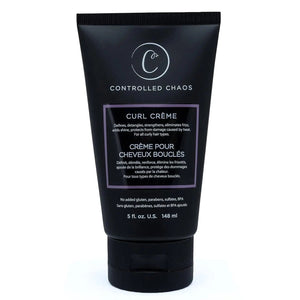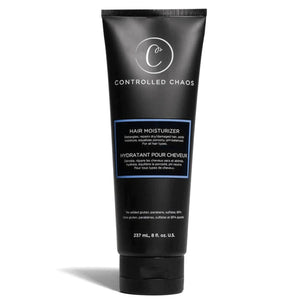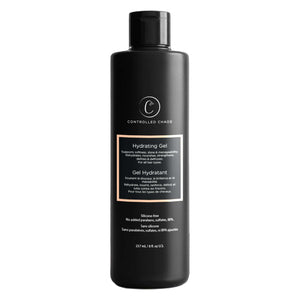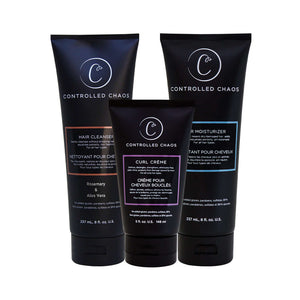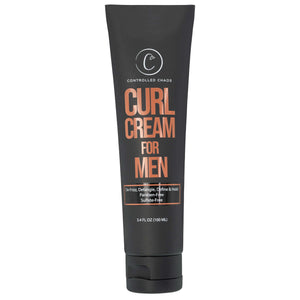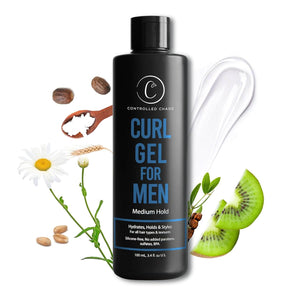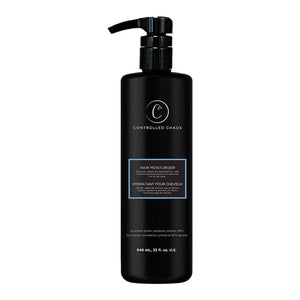

Wavy hair sits beautifully between straight and curly, offering volume, bounce, and natural texture. But as with all hair types, wavy hair comes with its challenges—frizz, dryness, lack of definition, or excess oil. The key to embracing your waves is learning how to care for them properly. This blog will discuss how to care for wavy hair and what type of hair care routine you should follow.
Understand Your Hair Type
Before diving into a routine, it’s essential to understand the characteristics of wavy hair. Wavy hair typically falls into the 2A to 2C category:
-
2A: Fine and loosely waved; prone to looking limp without volume.
-
2B: More defined waves with a slight “S” shape; may frizz in humidity.
-
2C: Thick, coarse waves that border on curly; often have more volume but are more prone to frizz.
Knowing where you fall on this spectrum helps you choose the proper techniques and products.
Use a Gentle, Sulfate-Free Cleanser
Wavy hair is naturally drier than straight hair because scalp oils have a harder time traveling down the shaft. Using a sulfate-free shampoo helps cleanse your scalp without stripping away essential moisture. Avoid washing your hair every day — 2 to 3 times per week is usually enough.
Pro Tip: If you have an oily scalp, focus the shampoo on the roots. If your ends are dry, concentrate conditioner there.
Conditions for Moisture and Definition
Conditioning is crucial to keeping waves hydrated and frizz-free. Look for a lightweight conditioner that provides moisture without weighing the hair down. Apply it from mid-length to ends, and detangle gently with your fingers or a wide-tooth comb while the conditioner is in your hair.
Avoid Heat Styling
Heat styling tools can damage wavy hair, leading to frizz and breakage. If you must use heat, always apply a heat protectant and use the lowest setting necessary. To preserve your wave pattern, air drying or diffusing with low heat.
Master the Art of Air-Drying
Here is how you can go for a wavy hair care, after washing:
-
Gently squeeze out excess water using a microfiber towel or a cotton T-shirt (never rub).
-
Apply a leave-in conditioner or a light styling product to define waves.
-
Scrunch your hair upward to encourage wave formation.
-
Avoid touching your hair while it dries to prevent frizz.
Use the Right Styling Techniques
Wavy hair benefits from gentle styling techniques that enhance natural texture without damaging it. Consider:
-
Scrunching: Helps waves form and hold their shape.
-
Plopping: Involves wrapping hair in a T-shirt to set waves while drying.
-
Finger Coiling: For more defined waves, twirl small sections of damp hair around your finger.
Sleep Smart
Overnight habits can impact the health and appearance of your waves. Here are some protective tips:
-
Sleep on a satin or silk pillowcase to reduce friction.
-
Try a loose braid or pineapple (high, loose ponytail) to preserve waves.
-
Avoid sleeping with wet hair unless it’s styled for that purpose.
Refresh Between Washes
Wavy hair can lose definition after a day or two. To revive your waves:
-
Lightly spritz your hair with water or a water-based refresher spray.
-
Scrunch your waves to bring them back to life.
-
Avoid adding too much product buildup — a little goes a long way.
Trim Regularly
Split ends can make wavy hair look frizzy and uneven. Schedule regular trims every 8–12 weeks to keep your waves looking fresh and healthy.
Deep Condition Regularly
While regular conditioners help with day-to-day hydration, deep conditioning treatments provide more intensive moisture and repair. Wavy hair tends to be more porous, meaning it loses moisture faster. A weekly or bi-weekly deep conditioning session can help:
-
Strengthen the hair shaft
-
Smooth frizz
-
Improve wave formation
Look for masks or treatments rich in moisturizing ingredients like natural oils, proteins (in moderation), and hydrating butters.
Avoid Over-Brushing
Unlike straight hair, wavy hair is best styled and detangled when wet. Brushing dry wavy hair can lead to puffiness, frizz, and a loss of wave pattern. Instead:
-
Detangle in the shower with a wide-tooth comb
-
Use your fingers to gently separate strands if needed.
-
If dry brushing is necessary, use a boar bristle brush sparingly and only on dry, stretched hair.
Adjust Your Routine with the Seasons
Wavy hair reacts to changes in climate, so your haircare routine should shift slightly with the seasons:
-
Summer: More humidity may mean more frizz. Use anti-humidity serums or gels and consider protective styles.
-
Winter: Dry, cold air can cause brittle hair. Focus on deeper conditioning and hydrating products.
-
Spring and fall: Spring and fall are significant transitional periods for assessing your hair's needs and refreshing your trim schedule.
Be Patient with Transitioning Hair
If you've recently stopped using heat or chemical treatments, your natural wave pattern may take time to reappear. During this transition period, your waves might look uneven or inconsistent. That’s completely normal.
Support the process with:
-
Regular trims to remove damaged ends
-
Gentle products and minimal heat
-
Techniques like plopping, diffusing, or finger coiling to encourage your wave pattern
With patience and care, your waves will begin to bounce back.
Protect Your Hair from Environmental Stress
You should go with a good wavy hair routine; otherwise, Wavy hair can be susceptible to environmental damage.
-
Sun exposure can dry out your strands. Consider wearing hats or using UV-protectant sprays.
-
Chlorine and saltwater can roughen the cuticle. Before swimming, wet your hair with fresh water and apply a leave-in conditioner to act as a barrier.
-
Wind can tangle and dry your hair. Braids or loose buns can help protect waves on windy days.
Stay Hydrated and Eat Well
Healthy hair starts from the inside. Staying hydrated and eating a nutrient-rich diet helps improve hair elasticity, strength, and shine. Include:
-
Omega-3 fatty acids from sources like salmon, flaxseed, and walnuts
-
Biotin and Vitamin B complex
-
Iron and protein for healthy hair growth
-
Plenty of water to hydrate from the inside out.
Common Mistakes to Avoid
Some habits can sabotage your wavy hair goals even with the best intentions. Here are a few mistakes to steer clear of:
-
Over-washing strips your hair of natural oils, leading to dryness and frizz.
-
Traditional towels can roughen the hair cuticle and cause breakage. Use a microfiber towel or T-shirt instead.
-
This disrupts the pattern and causes puffiness. Always detangle when your hair is wet.
-
Using heavy products can easily weigh down wavy hair. Start with a small amount of product and build up if needed.
-
Split ends can travel up the hair shaft and lead to breakage.
Final Thoughts:
Caring for wavy hair is not about perfection but consistency, patience, and self-acceptance. Your waves may change due to age, environment, hormones, or lifestyle, and that is completely normal.
What matters most is developing a routine that nurtures your hair's health while allowing you to appreciate its uniqueness. You can maximize your wavy texture with the right tools, techniques, and mindset.
FAQs
What is the best way to wash wavy hair?
The best way to wash wavy hair is to use a gentle, sulfate-free shampoo and focus on cleansing the scalp. Avoid hot water, and always follow with a moisturizing conditioner to keep your waves hydrated.
How can I prevent frizz in my wavy hair?
To prevent frizz, avoid rough towel drying and use a microfiber towel or cotton T-shirt to blot excess water. Use hydrating products and let your hair air-dry or diffuse on low heat without touching it too much during drying.
How can I define my waves?
Apply a lightweight styling product to damp hair and scrunch your waves gently upward for better wave definition. Techniques like plopping, finger coiling, or diffusing can help enhance and hold your natural wave pattern.
How often should I condition my wavy hair?
Wavy hair typically benefits from conditioning every time it is washed, usually 2–3 times weekly. You can also incorporate a deep conditioning treatment once a week to maintain moisture.

